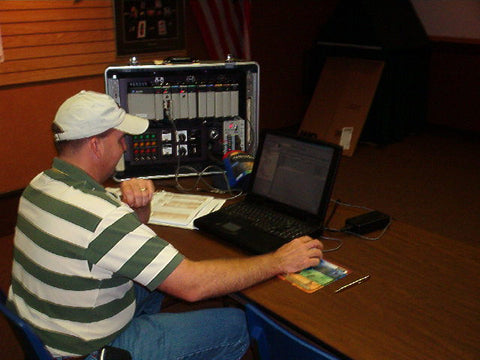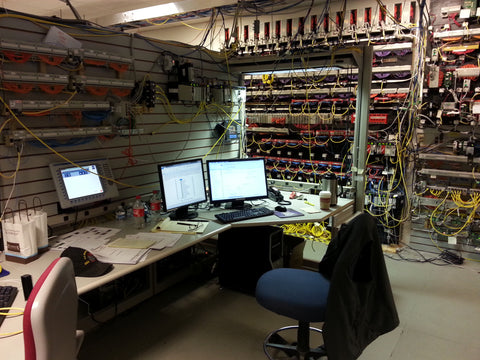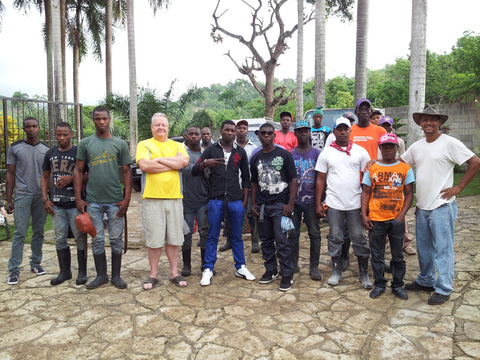The Story of the "PLC Professor" Learning Solutions
The Inspiration 
The seed for the "PLC Professor" was planted in 2003 with a colleague, Fred Rowe, my chief protagonist during my five years at Kendall Electric, a Rockwell Automation distributor based in southwestern Michigan. My responsibilities were course development and classroom delivery for the Rockwell Automation (Allen Bradley) Controller/HMI/Networxs family of products. Fred brought to my attention a market that was unaddressed, that of competent industrial electricians that were still building small relay panels for small projects. These projects were typically built with three plus relays that equaled and even exceeded the cost of a MicroLogix1000, a 1761-L10BXB. They needed the knowledge of PLCs as well as the ability to write simple ladder logic programs for the devices. This is where it started but we have progressed way beyond to training materials for universities and industry classrooms.
The Solution
Fred assembled a dozen hardware trainers, 1761-L10BXB processors with a rail mount 24vdc power supply and a 1761-SIM-B16 (input simulator card). I stripped down the three day RSLogix500 class to a one day class that included both lectures and simple lab projects, including a garage door opener and a plant air compressor duty cycle control. We delivered the class several times; it was well received by the customers. There were two options for the class, with or without taking the Micrologix trainer home with them for further learning.
Time on My Hands
In 2007, I left Kendall Electric to provide technical support at a mission in the Dominican Republic. That area of the Dominican Republic is one of those places where a sense of urgency is unheard of, thereby yielding a lot of spare time. Needing productive projects for at least eight hours a day, I started to build on the idea of lab projects for the 10 point I/O controller. This would be a good controller for the public since, at the time, it was around $99 and the programming software was and still is free to the public.
I did not use any of the original lab projects used at Kendall Electric. Instead, I started from scratch and created lab projects for “The Five Originals”, XIC – XIO – OTE – OTL and OTU. Timer and counter instructions were addressed next because they represented the next level of simple instructions. With the completion of each lab, I looked for the next level of complexity. Eventually, I realized that I had projects for more than half of the 71 instructions supported by that processor, so why not just keep going until I had lab projects written for the entire instruction set.
Reinforcement
Now that I had Lab projects for the entire instruction set, it occurred to me that I was missing the short discussions with Q&A that followed immediately after every lab session in the classroom. I had come this far, so why not keep going. I went through each lab project, one at a time, recording the results and discussing the implications until I had 40+ videos that covered all of the lab projects. I literally learned how to create these videos as I went, each video a little better than the last. If you have watched these early productions, then you have seen the gradual improvement. It is unlikely that we will re-record all of those early productions until we have accomplished a long list of new content.

 From my terraza...
From my terraza...






